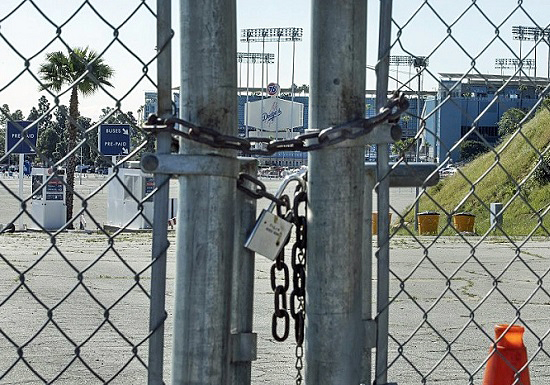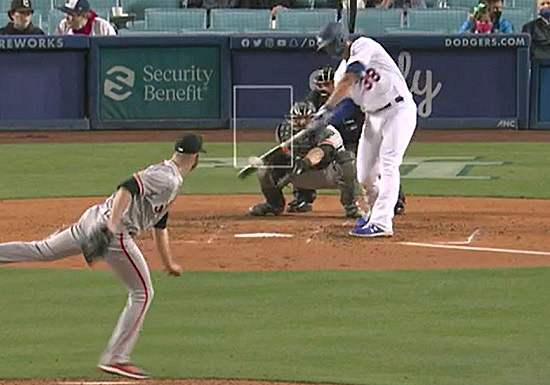* * *
“Baseball is too much of a sport to be a business and too much of a business to be a sport.”
Philip K. Wrigley – Chicago Cubs owner 1932-1977
* * * *
Baseball is a wonderful game, whether played by youngsters on sandlots, high school and college competitors, or at its highest level by the exceptional athletes of Major League Baseball. Rabid baseball fans can go through emotional highs and lows during seasons or games; even an individual player’s at-bat can move fans from angst to euphoria (and vice versa) pitch-by-pitch.
But there is nothing that can exasperate baseball fans more than the business of MLB, in particular, its relationship with the MLB Players Association (union).
The annual Hot Stove Season normally peaks each December with MLB’s Winter Meetings, free agency signings, and rumors of blockbuster trades. But the Collective Bargaining Agreement (CBA) between MLB and the union expired at 11:59 PM Eastern Time on December 1, 2021. Rather than continuing to negotiate with the union under the threat of an economic strike, the owners authorized a preemptive lockout of the players – effectively shutting down the industry until a renewal agreement can be negotiated.

(Photo credit – Ron Cervenka)
At a time when fans want to consider potential improvements to their team’s roster or debate player statistics and values with friends or on social media, they are now faced with non-baseball jargon of the National Labor Relations Act (NLRA), good faith bargaining, negotiation demands, lockouts, strikes, etc. Some will side with the players, others with the owners, but all will agree that a swift return to normalcy is essential.
On December 1, 2017, the union and MLB agreed to and ratified a four-year contract. Roughly one year later, the players were an unhappy group, with several predicting that there would be a player’s strike in December 2021. They saw the luxury tax, which was marketed to them as a competitive balance tool, as really a de facto salary cap. While MLB revenues almost doubled to $10 Billion, the average player salaries essentially remained flat. Teams were manipulating Major League service time by keeping MLB-worthy players in the minors to delay salary arbitration and free agency by a year.
The relationship between MLB and the union continued to deteriorate with the Houston Astros cheating scandal, rule changes to improve pace-of-play and the COVID-19 pandemic-failed negotiations in 2020. When an agreement could not be reached on the number of regular-season games to be played, the owners authorized MLB Commissioner Rob Manfred to mandate the 60-game schedule. The CBA was still in effect, but there was no doubt that it was broken.

(Video capture courtesy of SportsNet LA)
Can it be fixed? Yes! There is no other option but to somehow reach an agreement or renew the existing agreement. There is simply too much money at stake for both the owners and the players.
It may get ugly and take more time than fans want, but there will be a new contract and a 2022 season.
* * * * * *




 December 5th, 2021 at 8:00 am
December 5th, 2021 at 8:00 am  by 0799291000348
by 0799291000348  Posted in
Posted in 

@Dodgers Great take!
Excellent piece, Jesse. Thank you.
You are far more confident than I am about the lockout. Hate being so negative, but I do not see Spring Training 2022 (or the 2022 regular season) beginning on time. In fact, I (sigh) believe that there will be a another players strike.
I REALLY hope you are right and I am VERY wrong.
I think spring training is at high risk of not happening for the major leaguers, but MLB would likely go ahead with minor leaguers in camp. If the union and MLB reach an impasse (technical, negotiating term) then MLB could implement its best and final offer and give major leaguers a certain amount of time to report. Eventually, MLB would play the 2022 season with minor leaguers and a few veterans who could cross the line.